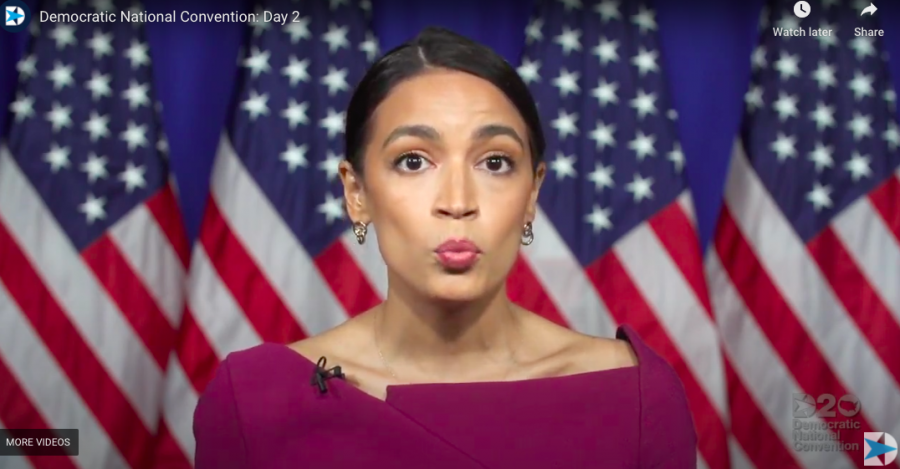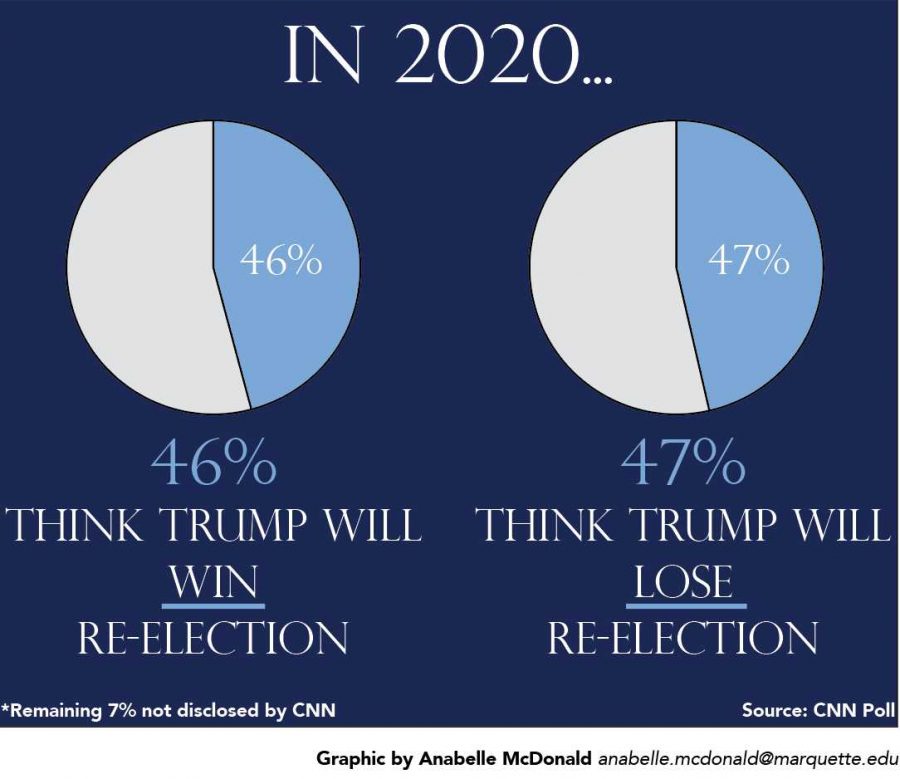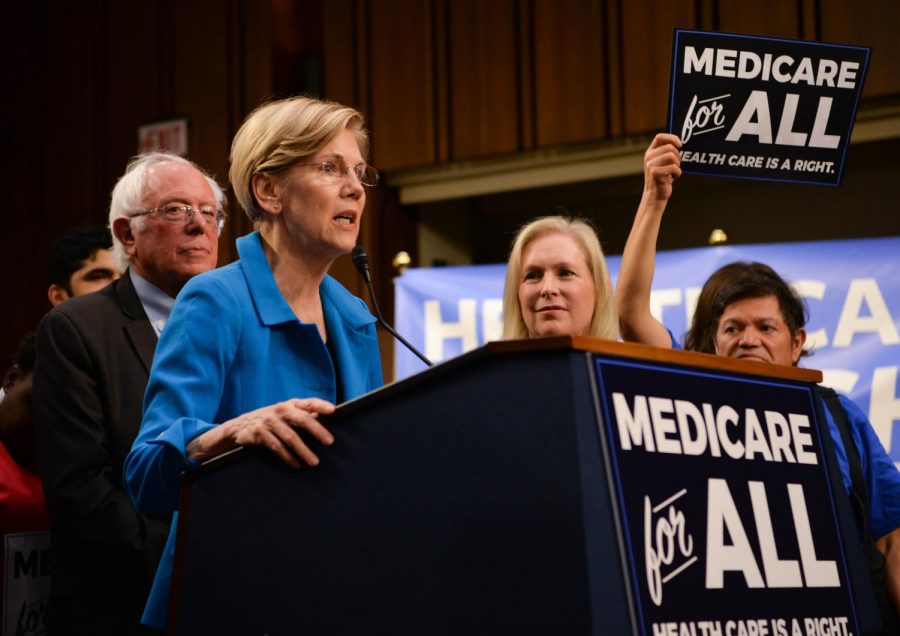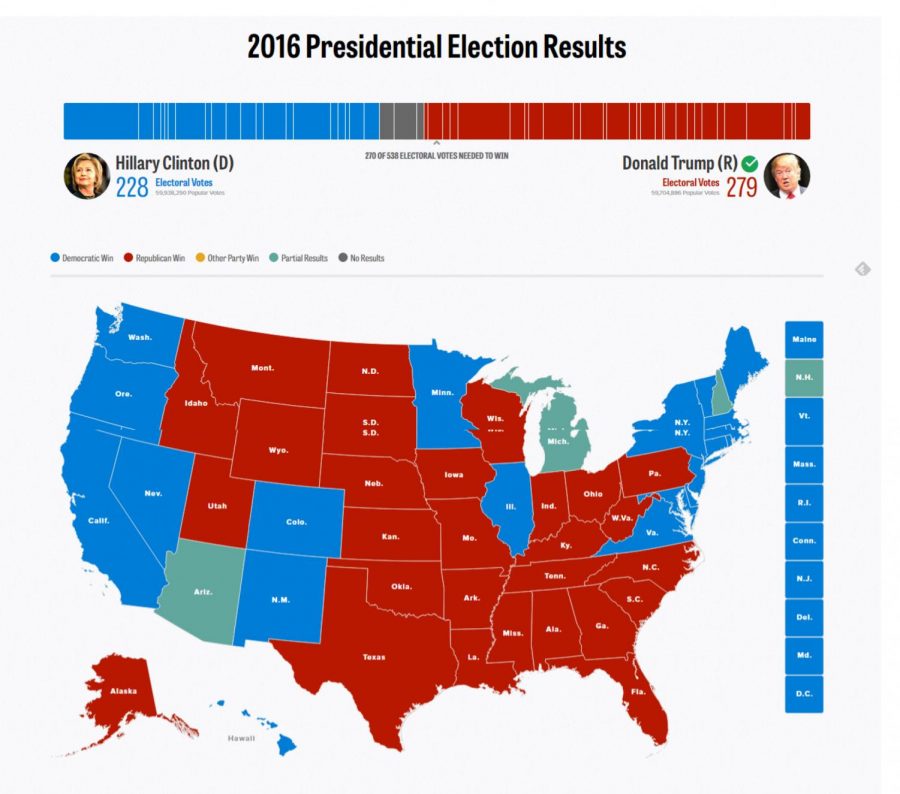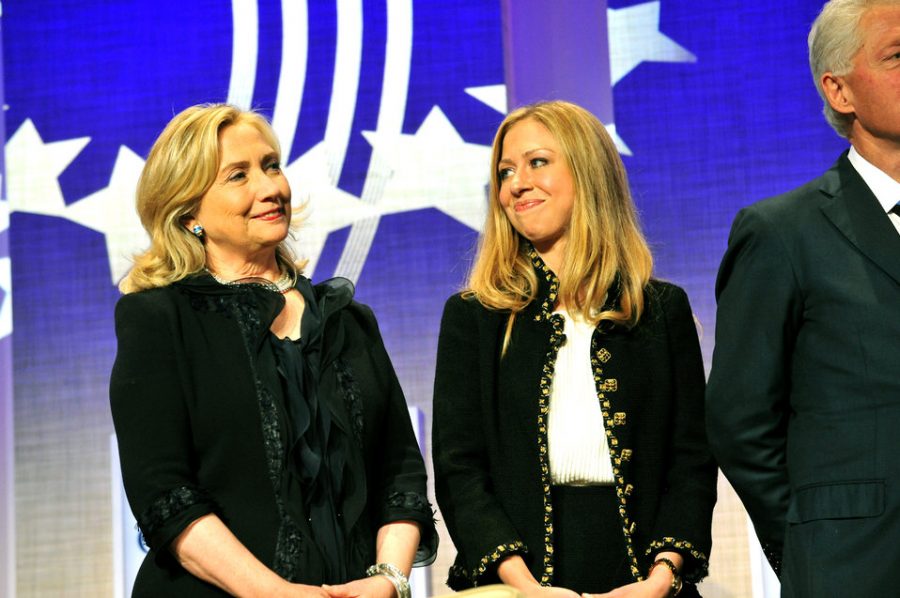Democratic presidential candidates Bernie Sanders and Hillary Clinton set their eyes on a certain victory, according to the votes of a specific demographic last Saturday.
Before the media confirmed that Clinton won the Nevada caucus, Sanders’ campaign sent out a press release claiming victory on what he considered to be the more important vote. The Latino vote is essential for any serious presidential candidate. But does it matter as much as candidates think?
According to the Pew Research Center, Nevada ranks as the state with the 14th highest Latino population – way above Iowa, which ranks 36th, and New Hampshire, which ranks 45th. Overall, Latinos make up 27 percent of Nevada’s state population. However, considering that 80 percent of the voters are white in Nevada, the Latino vote may not be as clairvoyant as Sanders and Clinton might have thought.
Both campaign spokespersons John Bresnahan and Brian Fallon admitted that the Nevada caucus would not determine the popularity of the presidential candidates among Latino voters.
In fact, the history of the Latino vote did not start with the Democratic Party. Cristina Mora, a sociology professor at UC Berkeley said in an interview with NPR’s Latino USA anchor Maria Hinojosa that it was actually Richard Nixon who started campaigning specifically to Latinos in the 1970s. Mora said that Nixon facilitated “amigo buses” to actively court and brag about his understanding of the population’s diversity.
It was not until the ’80s that the Latino vote swung to the left. Still, former Republican presidents like George W. Bush owe part of their victory to this demographic. Look at the way former Republican candidate Jeb Bush flaunted his Hispanic wife, Columba, in his recently dropped campaign. It must run in the family.
There is no doubt that the vote from one of the fastest growing populations in the U.S. will be influential. Candidates face a problem when they cater to the Latino vote, since there is still a majority of white voters compared to Latino voters. It is hard to estimate how many Latinos are undocumented, but this part of the demographic still lacks the right to vote. The population puts their hope in candidates’ hands regarding immigration reform and labor laws, and some candidates are taking advantage of that.
If not addressed properly, the Latino vote can bring out some of the more dishonest parts that come with the game of politics. Obama’s presidential campaign in 2012 was strongly influenced by the Latino vote at 71 percent over 27 percent for Mitt Romney. According to a Pew Research Center study, “Obama’s national vote share among Hispanic voters is the highest seen by a Democratic candidate since 1996, when President Bill Clinton won 72 percent of the Hispanic vote.” Unfortunately, the Obama administration struggled to fulfill his promises to the demographic.
Through executive actions like Deferred Action for Childhood Arrivals, the Obama administration has attempted to shows support for immigrant families from the Caribbean, Central and South America, but no reform has been made yet. Obama has not made life easier for Latino immigrants. The hardships of gaining citizenship and the right to vote prevent the Latino vote from being as influential as it might be.
Another point to remember: The problems targeted at Latinos, like immigration and citizenship, concern the general public on a socioeconomic level. Maybe the current presidential candidates could learn something from Nixon and realize that the Latino vote is not just one vote. It represents the melting pot that makes the U.S. a great country.

